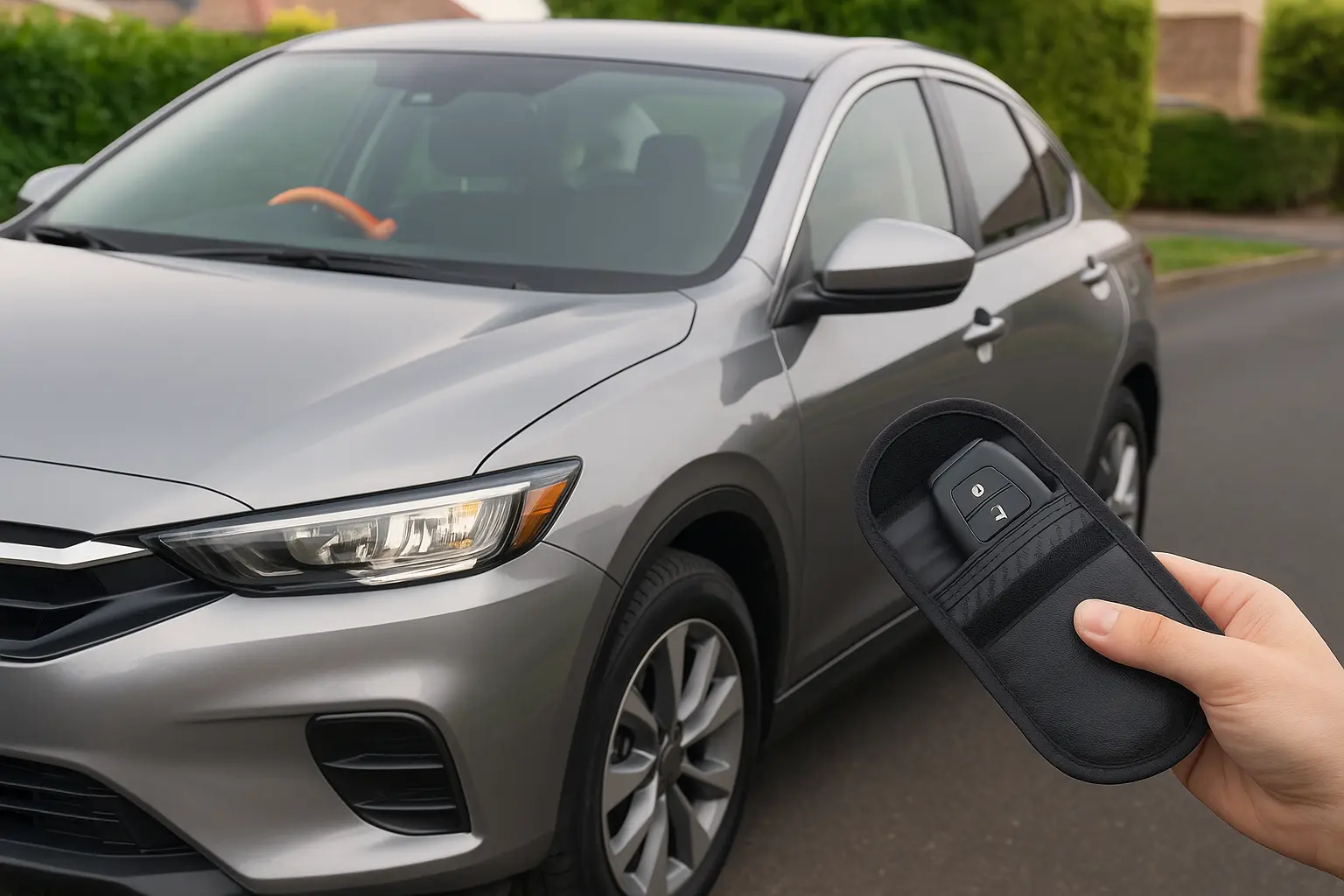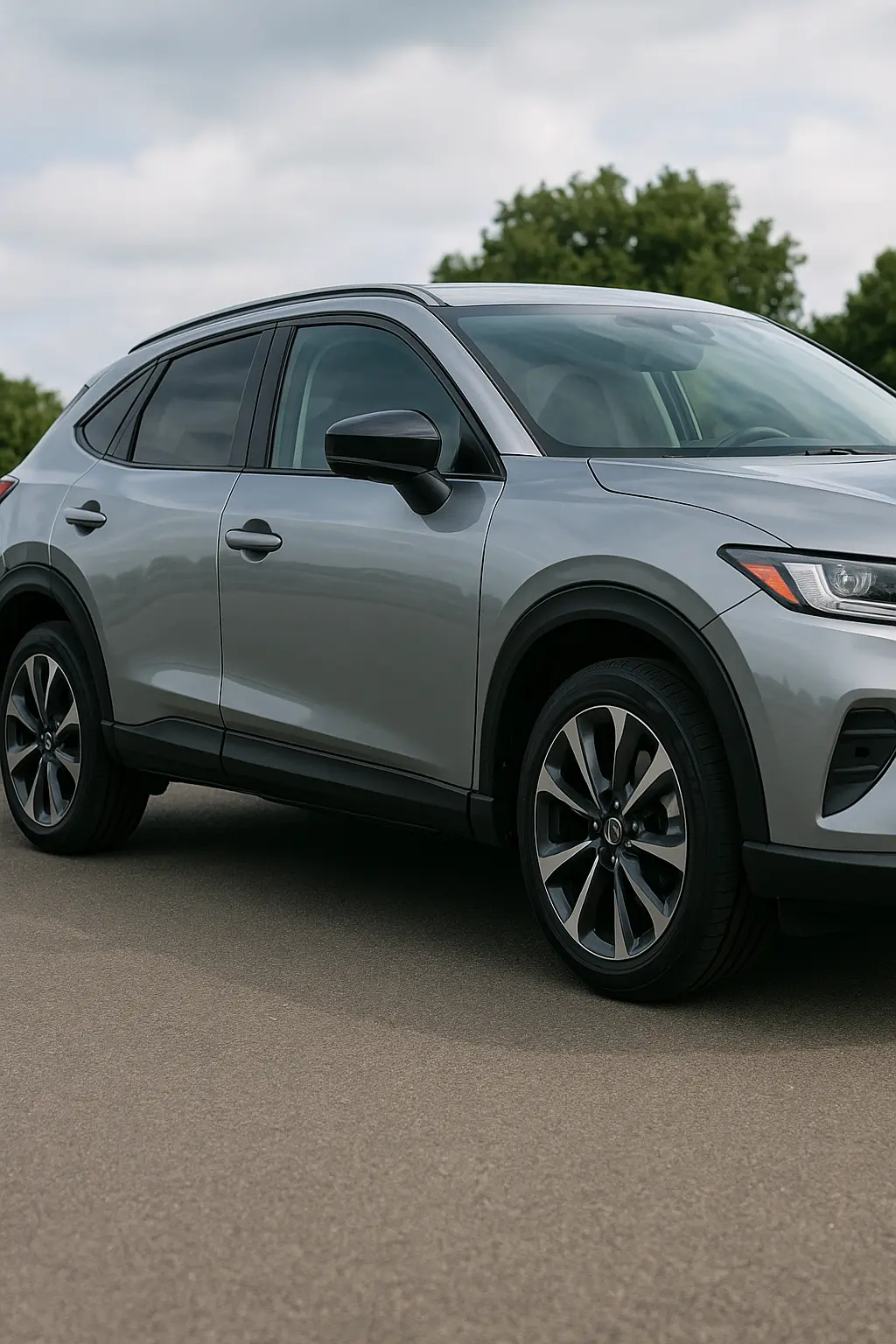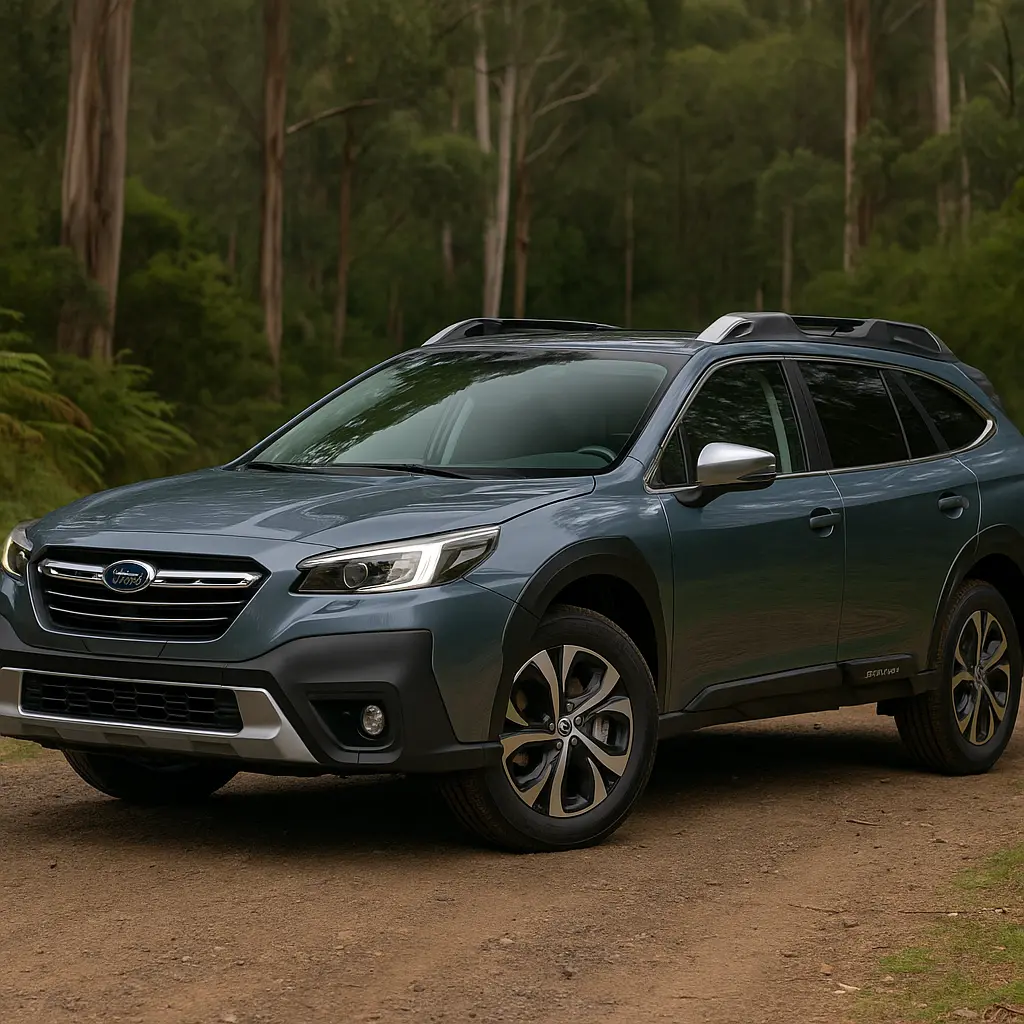Why Keyless Entry Cars May Be More Vulnerable in Australia
Introduction: Convenience at a Cost?
In recent years, keyless entry systems have become a popular feature in new cars across Australia. Designed for ease and comfort, these systems allow drivers to unlock and start their vehicles without removing the key fob from their pocket or bag. But while they offer unmatched convenience, they also open the door—quite literally—to a new breed of sophisticated car theft.
In 2025, vehicle theft rates involving keyless cars are on the rise. Criminals are exploiting technological loopholes to gain access to modern vehicles in seconds, often without making a sound or breaking a window.
This article explores why keyless cars are more vulnerable, how thieves operate in Australia, and what owners can do to protect their vehicles. Whether you own an SUV, hybrid, or electric vehicle with keyless access, this is essential reading to stay safe.

1. How Keyless Entry Systems Work
What Is Keyless Entry?
Keyless entry allows the driver to unlock, lock, and start their car without physically inserting a key into the door or ignition. It uses a wireless fob that emits a unique code and communicates with the vehicle's onboard system when in close proximity.
There are two core components:
Passive Keyless Entry (PKE): Automatically unlocks the car when the key fob is near.
Push-Button Start: Lets the driver start the engine by pressing a button instead of turning a key.
Why It’s Popular
Convenience: No need to fumble with keys.
Speed: Quicker entry and ignition.
Modern Appeal: Standard in many mid-to-high-end 2025 models including EVs and hybrids.
2. The Rising Threat of Relay Attacks
What Is a Relay Attack?
A relay attack involves two criminals working together using special radio-frequency relay devices:
One thief stands near the house or pocket where the key fob is stored.
The device relays the signal from the key fob to a second device near the car.
The car "thinks" the key is nearby, unlocks, and can be started.
The entire process can take less than 60 seconds—and the victim often doesn’t know until their vehicle is long gone.
Alarming Rise in Cases
According to Australian police reports and insurance claims, relay thefts have surged in metro areas like Sydney, Melbourne, Brisbane, and Perth. Criminals favour models with high resale value or those commonly used for parts.
Commonly Targeted Vehicles
Toyota RAV4 Hybrid
Kia Sportage
Mazda CX-5
Tesla Model 3
Ford Ranger
Hyundai Tucson
3. Why Australia Is Particularly at Risk
Suburban Vulnerability
Many Australian homes are detached, with cars parked in open driveways or on-street, making it easier for thieves to scan for key fob signals from outside the property.
Lack of Awareness
Compared to the UK and Europe, Australian car owners are less familiar with the risks of keyless car theft. This creates a lag in adopting security habits.
Warm Climate Habits
In hotter states like QLD and WA, people often leave windows open or cars running briefly with A/C on—creating even more opportunities for thieves.
4. Other Keyless Car Theft Techniques
Key Cloning
Criminals use specialised software and cheap online kits to clone key signals when they're within close proximity (like at petrol stations or shopping centres).
CAN Injection (New Threat in 2025)
A more advanced attack that involves accessing the vehicle’s Controller Area Network (CAN bus)—usually via wheel wells or headlights—and sending unlock/start signals directly to the system.
OBD Port Access
Once inside the vehicle, thieves can plug into the On-Board Diagnostics (OBD) port and reprogram a new key within minutes.
5. Insurance and Financial Implications
Higher Premiums
Insurers in Australia are starting to adjust premiums based on whether a vehicle uses passive keyless systems. Higher theft risk = higher costs.
Potential Claim Denials
Some insurance companies may reject claims if it’s proven the key was left in proximity (inside a handbag near the front door, for example) without signal shielding.
Lower Resale Value
Used car buyers are becoming wary of keyless models unless extra security measures are in place.
6. Which Cars Have the Best and Worst Security?
Best Secured Keyless Cars (2025)
These models come with enhanced anti-theft tech:
Tesla Model Y: PIN to drive, motion sensors, GPS alerts
Land Rover Defender 2025: Ultrawideband (UWB) encryption
BMW iX1: Sleep mode for fob + digital key
Hyundai Ioniq 6: Remote software updates & geofencing
Most Vulnerable Keyless Models
Some 2020–2024 models lacking updated firmware or encrypted communication are especially at risk:
Early Toyota Camry Hybrids
Mazda CX-30 (pre-2023)
Ford Escape (pre-2024)
Mitsubishi Outlander PHEV (pre-facelift)
7. Real Cases in Australia: Keyless Theft in Action
Case Study 1 – Melbourne (2024)
A Melbourne family woke to find their 2023 Kia Sorento Hybrid missing. CCTV revealed two thieves used a relay device from outside the front door, unlocking the vehicle and driving off silently.
Case Study 2 – Brisbane (2023)
A delivery driver lost his Toyota HiLux during a coffee stop. Thieves used a signal booster while the key fob sat in his backpack on a café table 4 metres away.
8. How to Protect Your Keyless Car in 2025
1. Use a Signal-Blocking Pouch (Faraday Bag)
These pouches block key fob signals when not in use. Keep your fob inside at home and in public spaces.
2. Turn Off Passive Entry
Many modern cars allow you to disable proximity unlocking in the settings. This forces you to manually unlock using a button on the fob.
3. Invest in a Steering Wheel Lock
Old-school but effective. Thieves prefer easy jobs. A visible deterrent often pushes them to target another car.
4. Park Smart
Use secure garages when possible.
Avoid parking in poorly lit areas.
Face your vehicle nose-in to block towing or front entry.
5. Update Firmware Regularly
Many carmakers issue software updates that patch vulnerabilities. Ask your dealership during service visits.
6. Use GPS Trackers
Install a secondary GPS tracking device that can be linked to your phone for real-time location alerts.
9. What Automakers Are Doing in 2025
New Standards Rolling Out
UWB (Ultra-Wideband) encryption is now standard on many 2025 vehicles.
Digital car keys using biometrics and smartphones (Apple Car Key, Android Auto) are gaining ground.
Some manufacturers (like Tesla, BMW, and Genesis) use geofencing and motion detection for additional protection.
Push for Regulation
In late 2024, the Federal Chamber of Automotive Industries (FCAI) urged manufacturers to adopt minimum digital key standards across the industry to combat theft.
10. Buying Guide: What to Ask When Purchasing a Keyless Car
Can the passive entry be disabled?
Does it have UWB technology?
Is a digital key system supported?
Are over-the-air updates included?
Are there immobiliser backups?
Can I install aftermarket trackers without voiding warranty?
11. Should You Still Buy a Keyless Entry Car?
Pros
Excellent convenience
Future-ready tech
Great integration with smart homes and devices
Cons
Higher theft risk
Potential insurance complexity
Requires cautious ownership
If you're a tech-savvy driver who prioritises security habits (like using Faraday pouches, software updates, and garage parking), then keyless cars can be safe and worthwhile.
12. Future Outlook – Will the Problem Be Solved?
By 2026, experts predict:
Over 80% of new vehicles sold in Australia will use UWB encryption or digital keys.
Third-party security accessories will boom, especially for used cars.
New regulations could make relay devices illegal to own without licensing.
The industry is adapting, but until then, education and personal vigilance remain your best tools.
Conclusion: Stay Smart, Stay Safe
Keyless car technology isn’t going away—it’s only getting more advanced. But so are the criminals. In Australia, where open-space parking is common, owners must stay ahead of the game with smart habits and simple but effective accessories.
Remember: protecting your car doesn’t require ditching convenience. With the right precautions, you can enjoy the benefits of keyless access while keeping your vehicle out of the hands of thieves.
Leave a comment
Your email address will not be published. Required fields are marked *




















